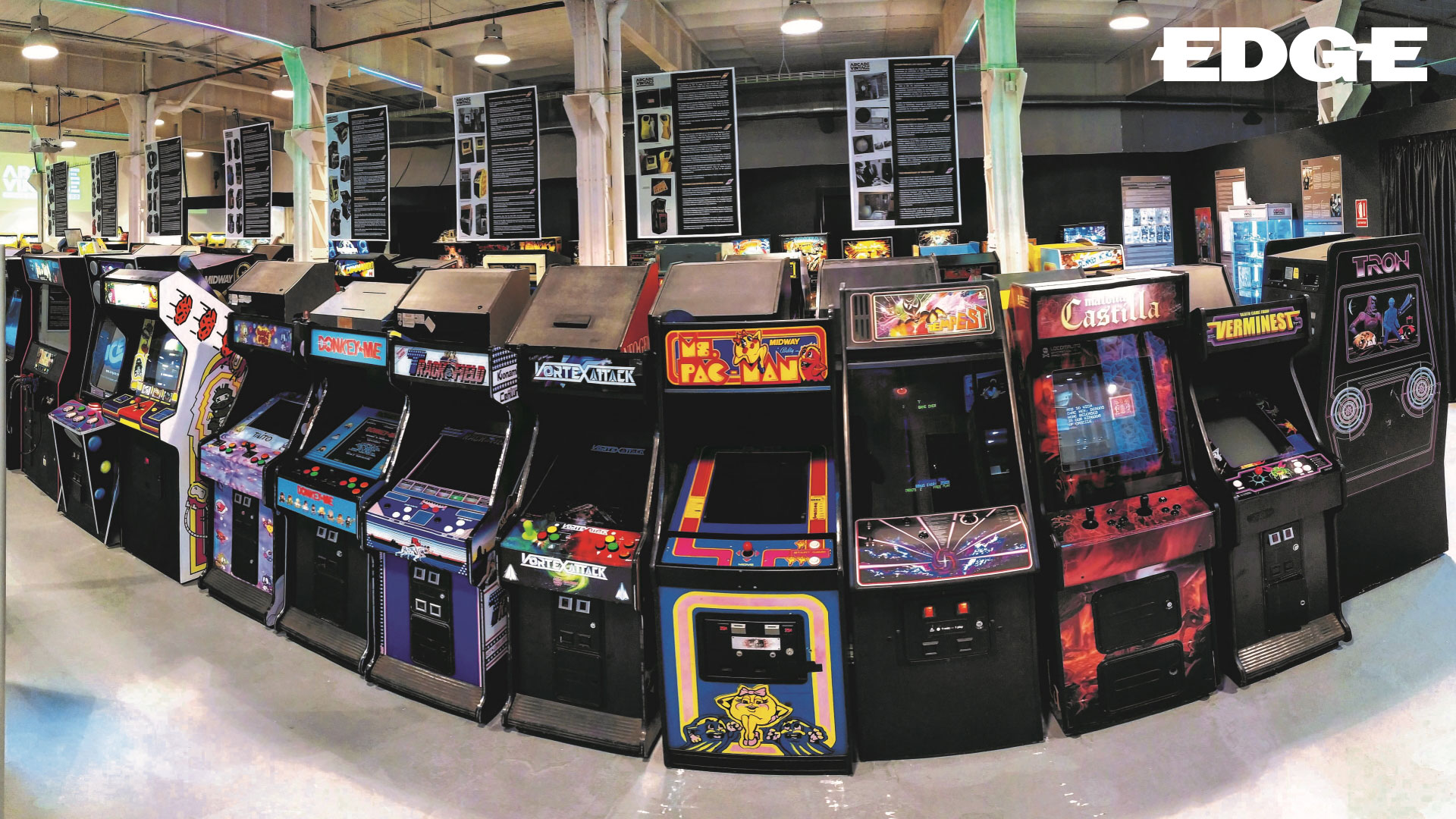Insert coin: the campaign to preserve arcade history
We speak to videogame museums about COVID-19, technical difficulties, and one publisher's efforts to keep them running

Crowded spaces filled with the roar of engines, guns and dozens of surging music tracks; people gathered around cabinets; player after player handling joysticks and buttons as they vie for the leaderboards: COVID-19 has made arcades seem even more distant in space and time than their general decline had already made them. But while the need to preserve arcade history remains important, the museums that are leading it are experiencing intense pressure in the face of the pandemic.
Publisher Team 17 has stepped in to launch a campaign to raise funds for arcade preservation programmes at three museums: The Strong in Rochester, New York; the National Videogame Museum in Sheffield; and Museo del Videojuego Arcade Vintage in Alicante, Spain. Called Saving The Arcade World, the campaign will donate a portion of the first two months of sales of Studio Koba's pixel-art action game, Narita Boy, which Team 17 is publishing in March, as well as royalties from the release of a music track from the game and sales of a Narita Boy-styled custom arcade cabinet.
Arcades are an indelible and vital part of videogame history. "As a museum about the history of play, we collect videogames because they had an impact on play," says Jon-Paul Dyson, vice president for exhibits at The Strong. "Arcades came at an important moment in the growth of videogames, especially in the 1970s and early 1980s. They were the main way people experienced videogames and they were the cutting edge of new play – you could do things with them that you couldn't with home systems."
But with the march of time has come the problem that many arcade machines are reaching critical levels of deterioration. "Many motherboard components only have a useful life of about 30 or 40 years," says José Maria Litarte, CEO of Arcade Vintage. "It is also very difficult to find different types of materials, such as custom chips and vector monitors." All museums face the challenge of keeping their machines running: the National Videogame Museum is currently looking for a specific component to repair its Time Crisis machine, while The Strong bought up a final lot of CRT displays from one of the last factories to manufacture them to ensure it has a stock of replacements.
Maintenance requires knowledge across diverse fields. "For us, preserving arcades has the complexity of trying to keep the entire game as it was created, and that includes not only having knowledge of electronics and computers but also carpentry, graphic design, iron works and welding," Litarte says. And every stage demands hard decisions as the museums balance the need to keep machines reliable enough for public use with preserving the authenticity of the original hardware. The Strong tries to use reversible preservation techniques, so no changes are permanent.


If you want more great long-form games journalism like this every month, delivered straight to your doorstep or your inbox, why not subscribe to Edge here.
For Arcade Vintage, the important thing is to present its visitors with a realistic experience of the arcade. The Strong takes a similar strategy, though Dyson points out that recreating an arcade in the museum will never capture their essence. Visitors will hear the music as retro rather than the shocking new sounds that they were, and they'll see the games through a nostalgic lens. Still, for Dyson, playable machines are central to his approach to arcade curation. "There's a magic to the original," he says. "Being able to touch and play is deeply meaningful for people. It has an ineffable meaning for people that playing an emulator never will."
While some machines are playable at the National Videogame Museum (NVM), there, preservation is not about presenting the arcade play experience so much as communicating its culture. It's currently involved in a research project about recording the sounds of the arcade while developing a library of oral histories called the VHS Tapes, and it relies on emulators for specific displays, such as one about bonus stages in which a save state allows visitors immediate access to Street Fighter II's iconic car-punching sequence.
Weekly digests, tales from the communities you love, and more
The NVM is also thinking about how to develop preservation practices by forming a community of the many disparate researchers, academics, curators and collectors around games, to formulate and help disseminate guidance. It has many plans, but as a new museum relying entirely on ticket sales – it was opened in November 2018 – it has faced serious threat. Many of its staff were furloughed because of the pandemic, and had to turn their focus to fundraising. Some £200,000 – donated by individuals as well as firms including Rockstar, Jagex and local studio Boneloaf – has kept the NVM running.
The Strong, which has taken a 40 per cent hit to its annual budget, and Arcade Vintage, which has been closed since March 2020, face similar pressures. But reopening poses further questions, not least: what do museums that trade on displaying objects others have just touched mean in a post-COVID world?
This feature first appeared in Edge Magazine. For more excellent features, like the one you've just read, don't forget to subscribe to the print or digital edition at Magazines Direct.
Edge magazine was launched in 1993 with a mission to dig deep into the inner workings of the international videogame industry, quickly building a reputation for next-level analysis, features, interviews and reviews that holds fast nearly 30 years on.



